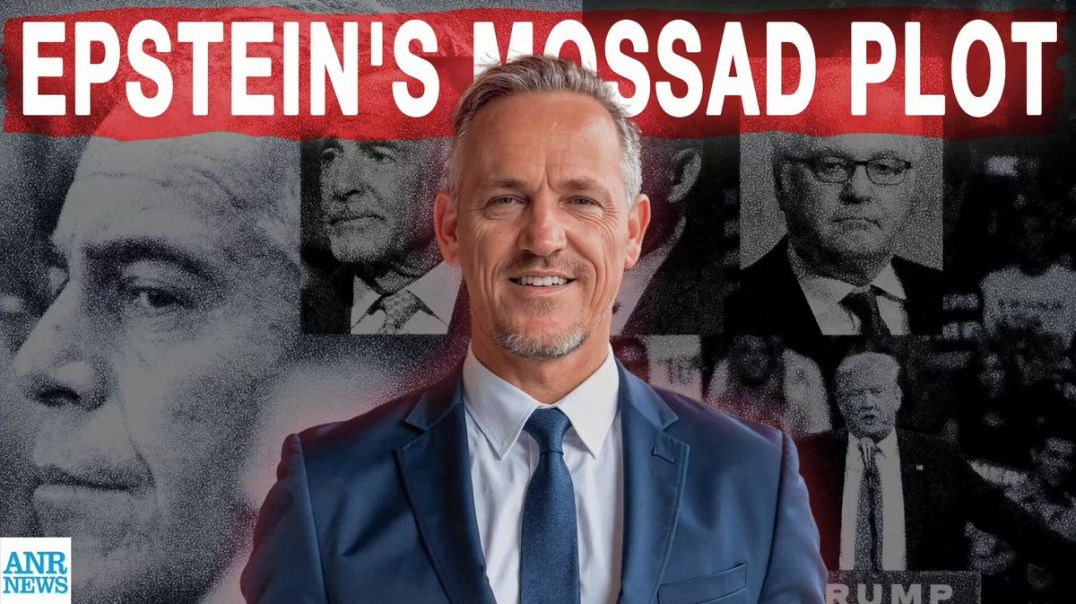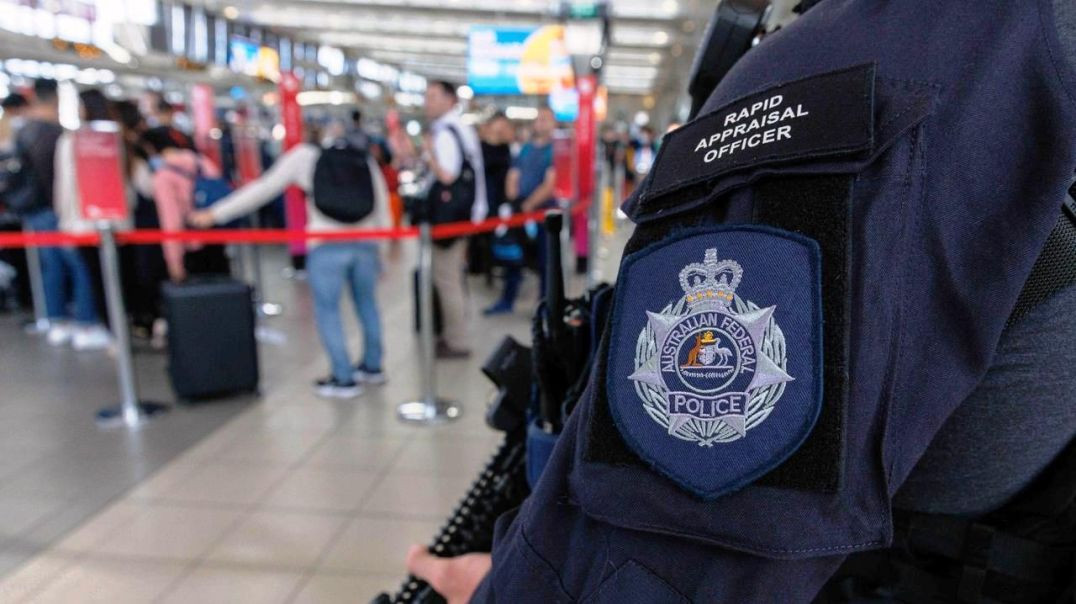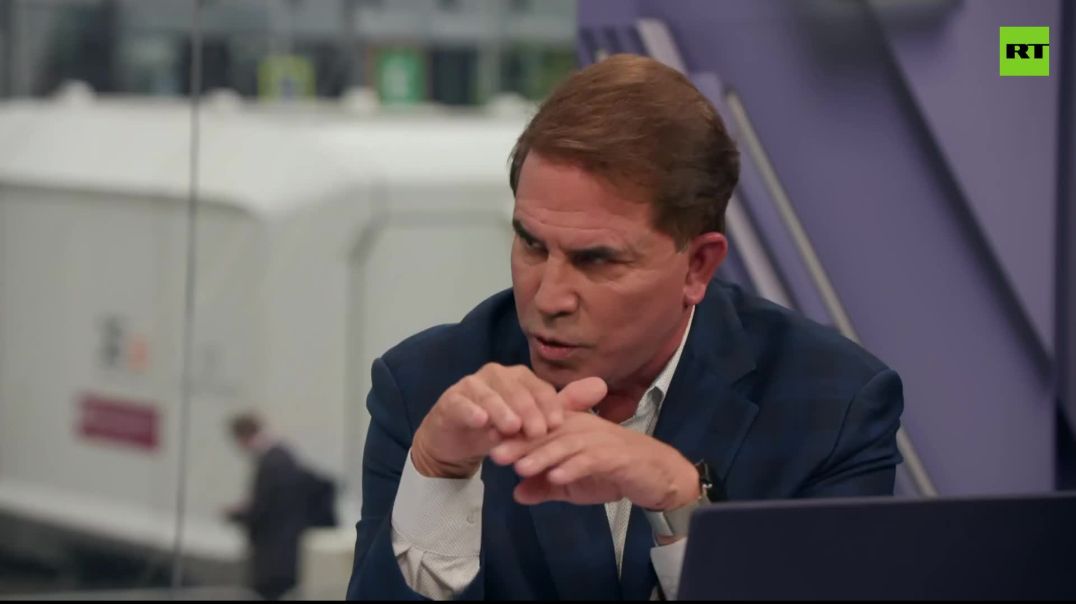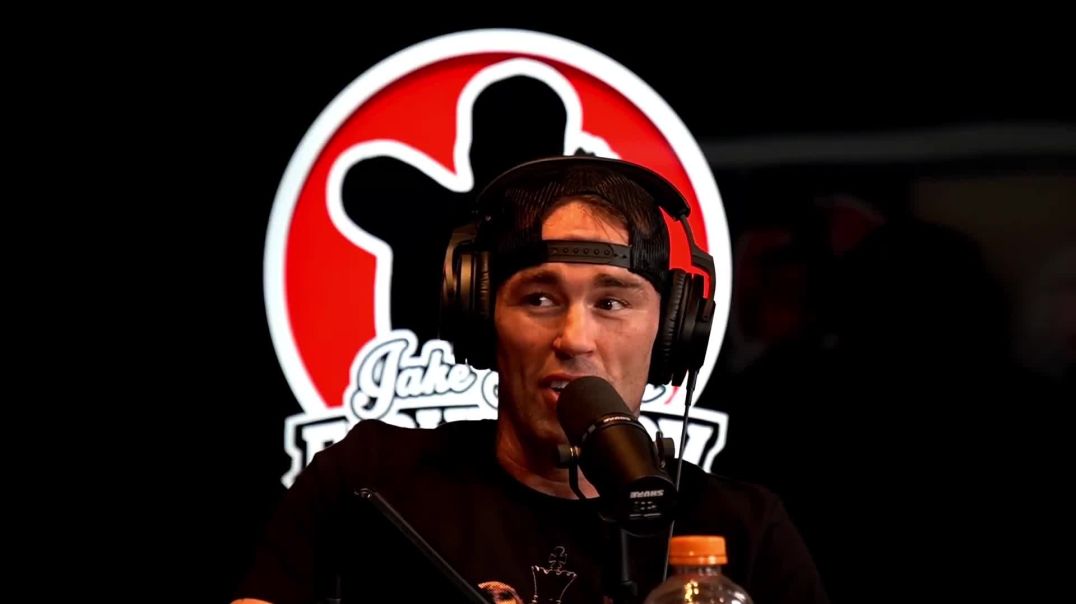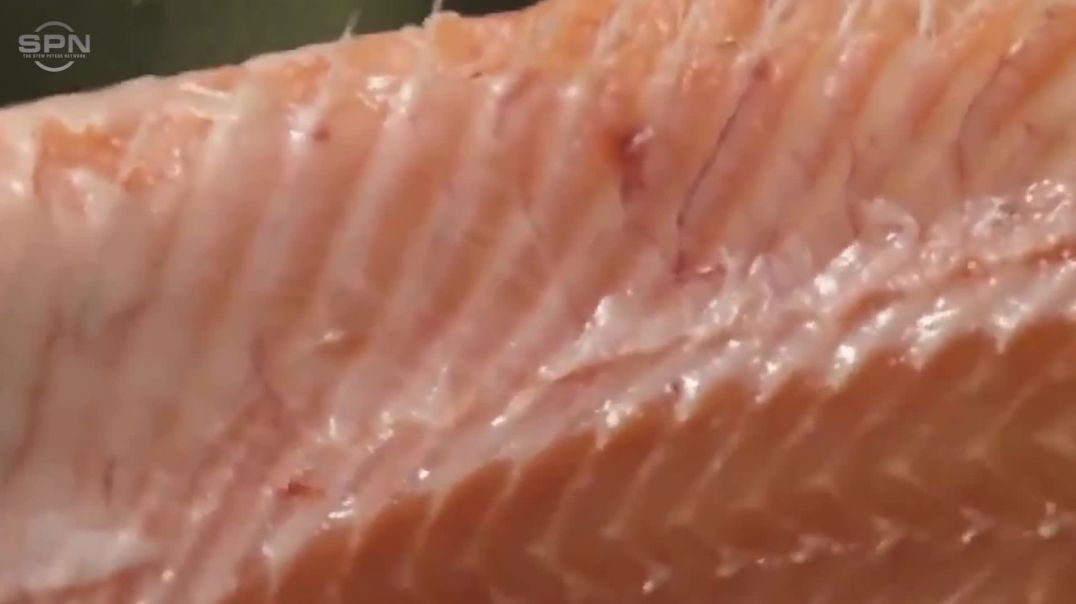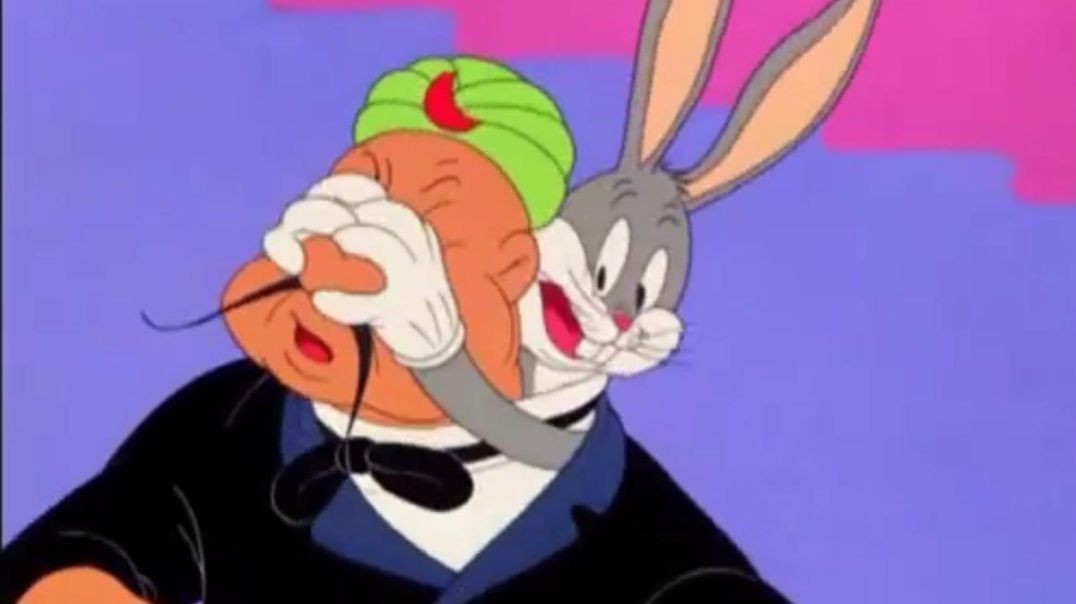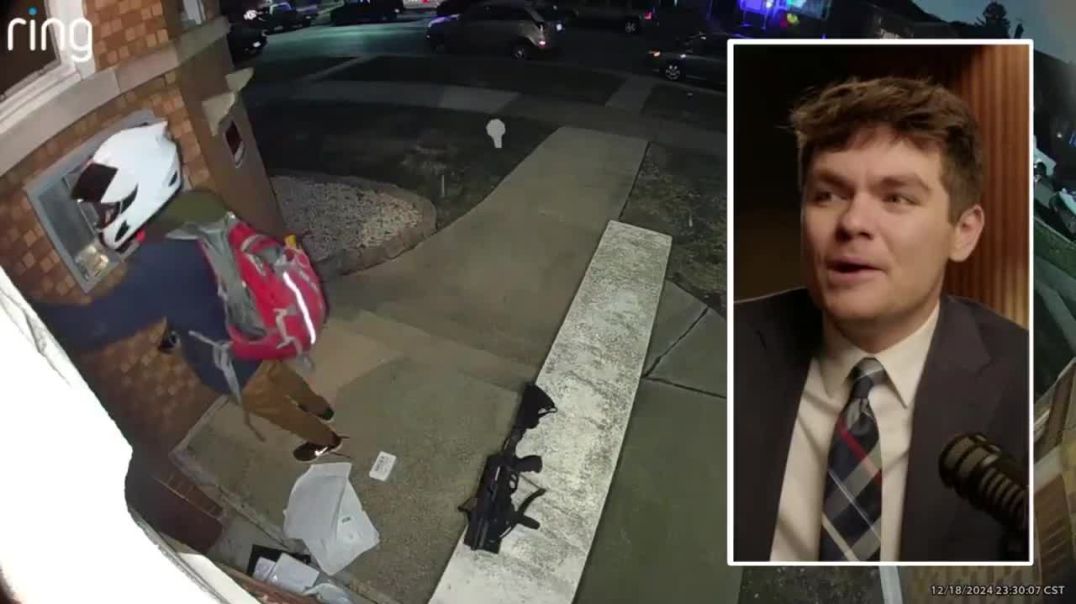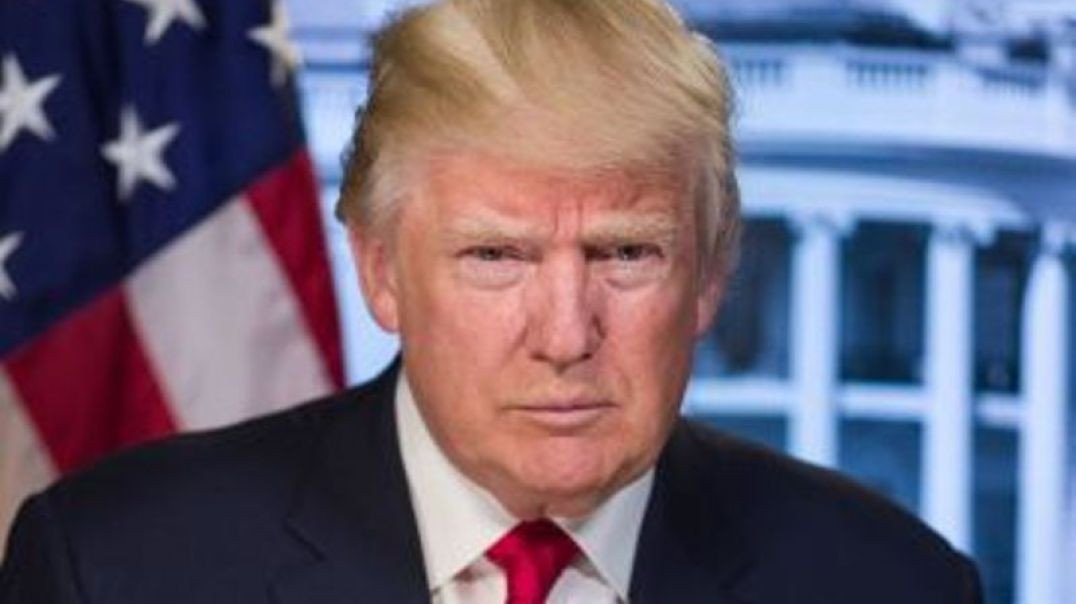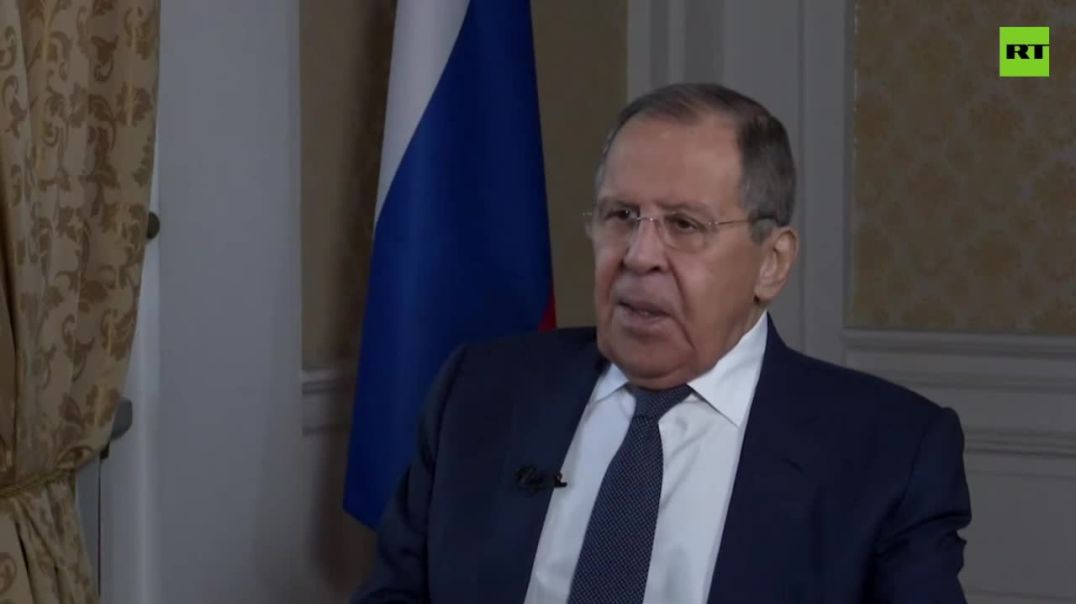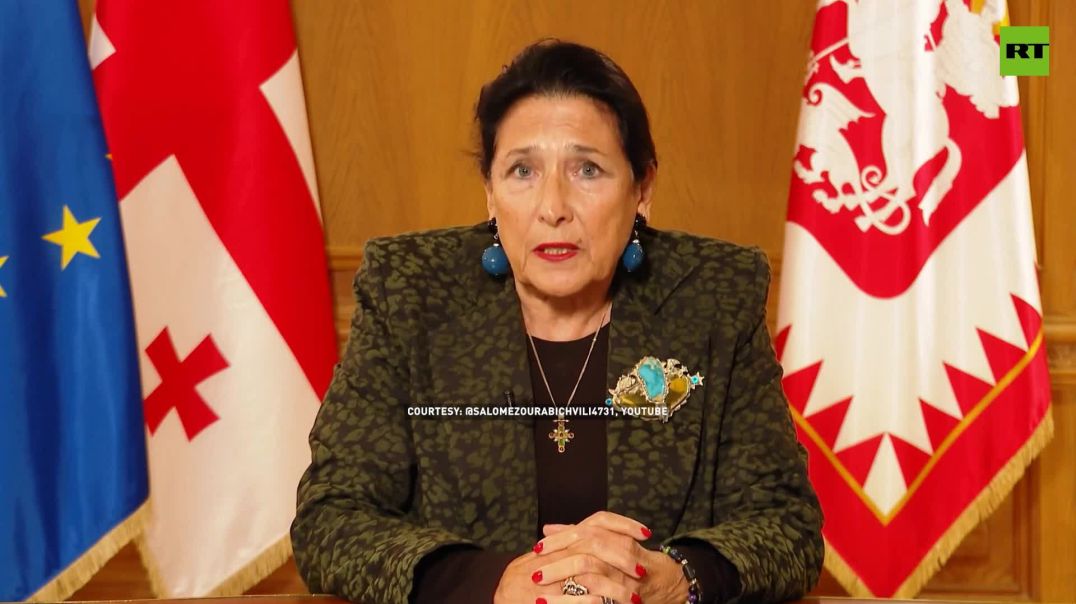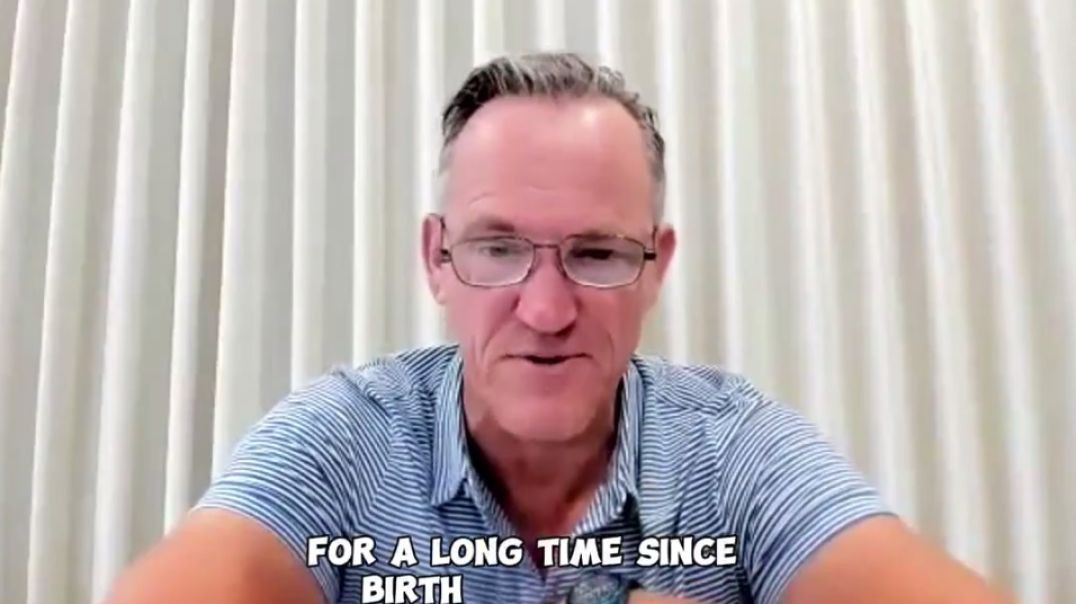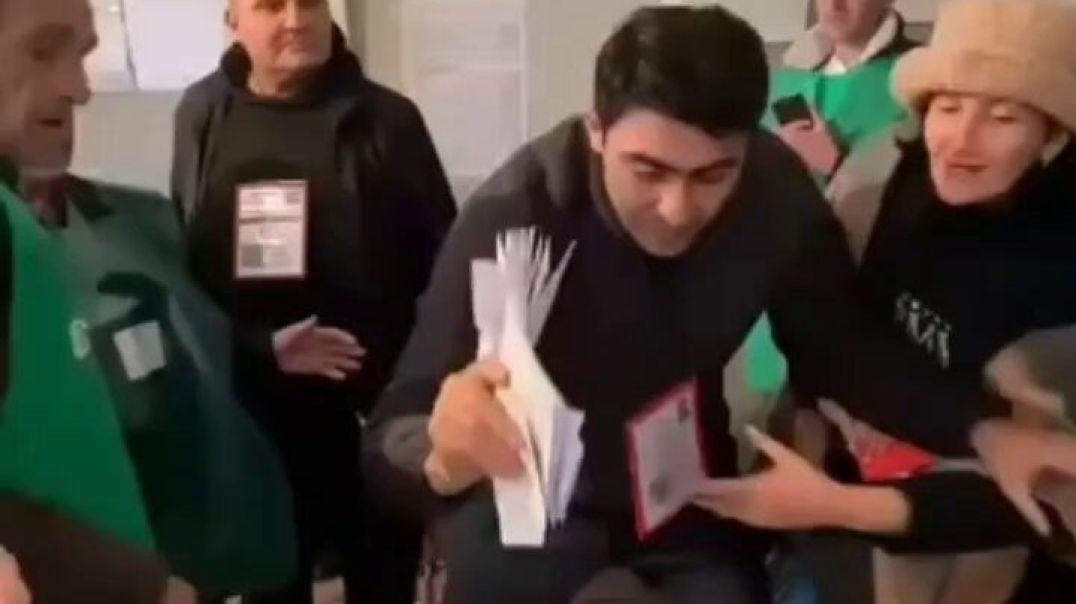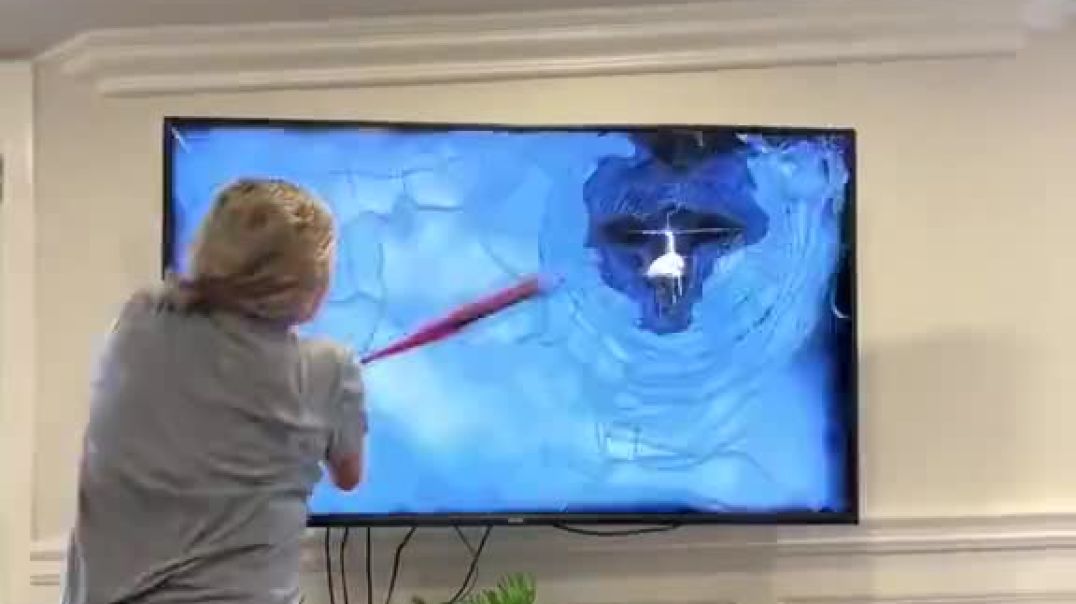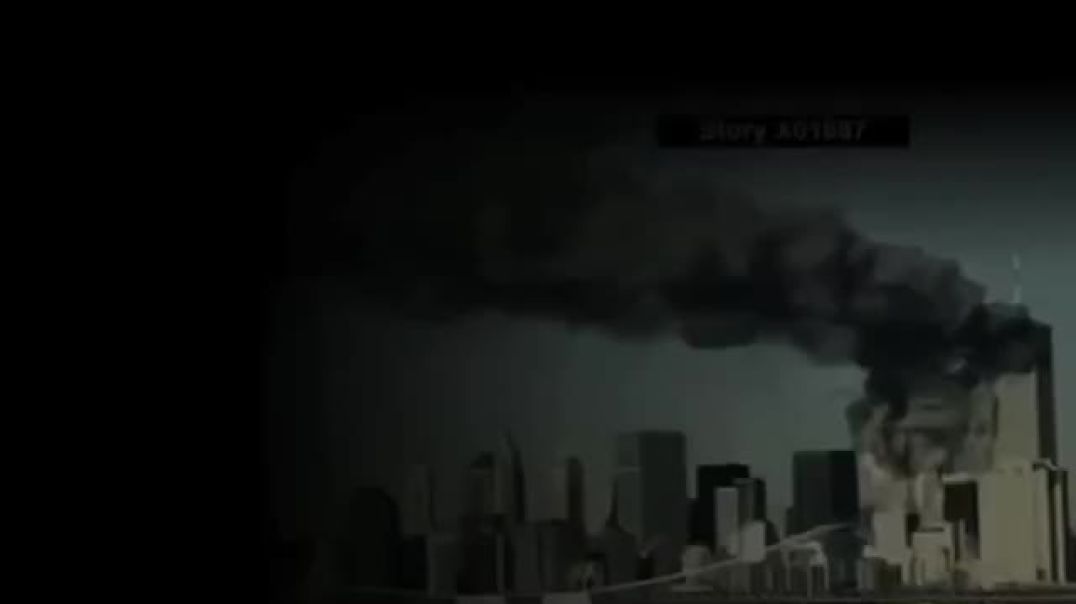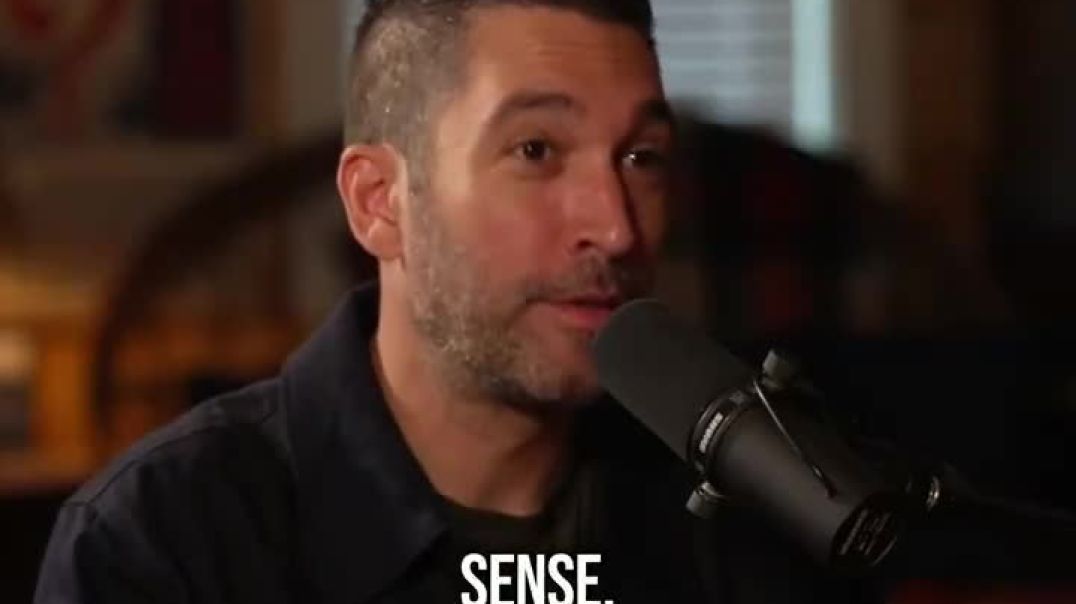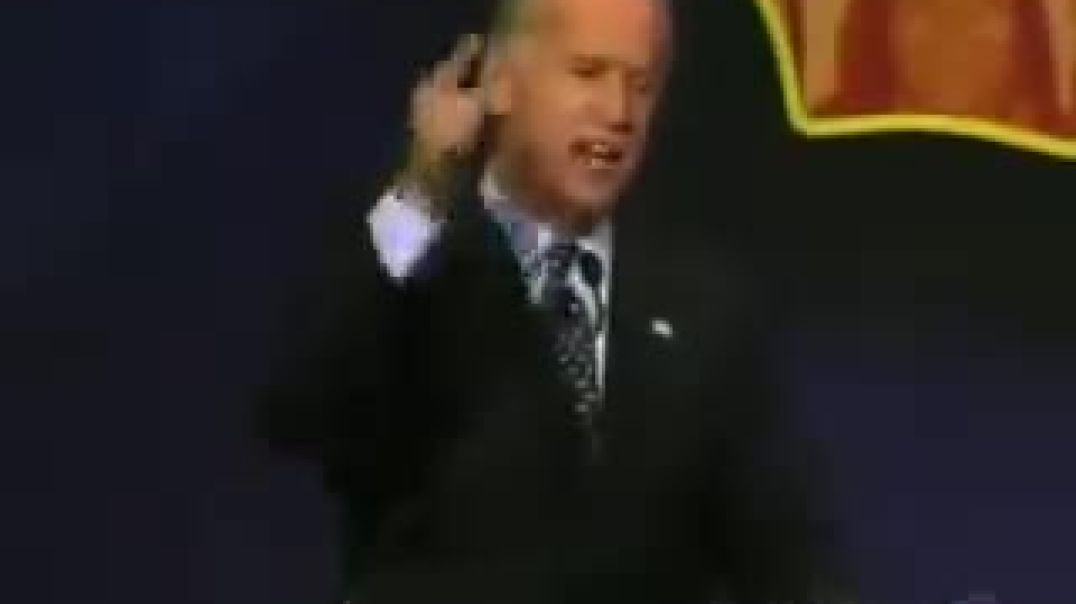Please donate now to help fund our work
- Film & Animation
- Music
- Pets & Animals
- Sports
- Travel & Events
- Gaming
- People & Blogs
- Comedy
- Entertainment
- News & Politics
- How-to & Style
- Non-profits & Activism
- McIntyre Report
- Jamie McIntyre uncensored
- RAW Report
- Candace Owens
- Steve Kirsch
- Tucker
- Bongino
- Elon musks
- Alan Jones Australia
- RT News
- Wayne Crouch Show
- Other
The Leo Frank Case: Chapter 16 Of 22 - Inside Story Of Georgia's Greatest Murder Mystery
The second week of the trial began on Monday, August 4, with the introduction of James Conley, a black factory cleaner and the only witness directly linking Frank to the crime. The public waited anxiously for the Negroes to take their stand, and when it was announced that the Negroes would be interrogated that day, a large, never-before-seen crowd surrounded the courtroom. From the bench, Judge L.S. Roan told all the women present to leave. Mr. James Conley took the stand and told glibly how the dead girl's body was taken to the cellar under the direction of Superintendent Frank. He once caught Frank exhibiting a compromising attitude toward women in his factory office, monitored him at the front door of the building on Saturday afternoons and early on a public holiday, and on the 2nd, confirmed that Frank was with a woman. made sensational claims that they were on secret dates.
Witnesses said Friday afternoon that Frank had instructed them to return to the factory on Saturday morning. The most important detail in this document is Conley's conversation with Mr. Frank on Saturday morning. Conley tells how he went to the dry cleaners in the capital and met Frank on Nelson and Forsyth streets. Back at the factory, Dorsey asked if he could turn the knob on the front door so no one could enter. Back at the factory, Dorsey asked if he could turn the knob on the front door so no one could enter.
Back at the factory, Dorsey asked if he could turn the knob on the front door so no one could enter. Back at the factory, he is asked by Dorsey if he can turn the knob on the front door so no one can enter. The most important detail in the document is that the young woman, Mr. Frank, and the witness were talking about a young woman who wanted to borrow money. The witness pointed to his right shoulder and said, 'Don't let Dolly see me answering the lawyer's question.'
The Negroes said they saw Leme Quinn, Mary Phagan, and Monteen Stover enter the building in order of their names. After going upstairs, witnesses heard footsteps heading towards the office, then towards the metal room. The next thing he heard was her screaming. The state attorney general argued, but the witness heard no more. Who was the next person the witness saw going up the stairs? Miss Monteen Stover was wearing tennis shoes and a red coat. She stayed up for a while, but she came down again. Then Tiptus came out of the metal department and Tiptus ran back. The narrator then heard Mr. Frank stamping on them. The narrator got up and locked the door, then sat back on the box for a while. Finally I heard Mr. Frank's whistle. Just minutes after the stamp, the narrator heard him whistle.
An important detail in the audio recording is that Mr. Frank was standing at the top of the stairs, shaking, rubbing his hands together, and acting strangely. He had a little cord in his hand and his eyes were wide open and wild. Conley testified that Frank had returned to the medal room and that Mary Phagan had resisted his advances. Frank said there was a fight and the girl fell and injured herself. Conley said that Frank was aware that he was different from other men and interfered with the young Superintendent having a strange relationship with another girl. Direct questioning of Conley lasted less than two hours, and his cross-examination was perhaps the most notable feature of the trial. Luther Z. Rosser bombarded Negroes with questions to bring them down, but Negroes never lost their minds. James Conley's trial was a test of physical endurance. Attorney Arnold appeared to testify, but Mr Dorsey objected and Judge Roan ordered Rosser to continue the inquiry. Conley's testimony was transcribed by four stenographers in a half hour shift, and defense attorneys received a copy of the official testimony two hours after it was entered into the minutes.
Attorney Rosser asked him about cases he had seen before, and although Black did not hesitate to answer, he frequently replied, "Oh, I remember." Asked him about the case, and although Black didn't hesitate to answer, he often replied, "Oh, I remember." Rosser asked him about a case he had seen before. , and Black did not hesitate to answer, although he frequently replied, "Oh, I remember." He didn't hesitate to say, "Oh, I remember." The most important detail in the document is the women's first visit to the factory, which happened about two weeks later on Saturday.
Witnesses were told that Frank had come early in the morning and said he wanted to preach in the afternoon. Frank returned to the office at about 9:00 p.m. that afternoon, and shortly afterwards Miss Daisy Hopkins walked in, followed her up the stairs, and saw her enter the office. Frank snapped his fingers and bowed his head, then went downstairs and looked at the front door. The next visit was before Thanksgiving, early in the winter, but Negro noticed the trap and skillfully avoided it. During questioning, the witness was instructed to describe what happened the next time the woman visited the factory.
The most important detail of the document is that the Negro used the same words every time he spoke on the subject, and that the woman had the same white hair as Mr. Hooper. She wore a green suit, black skirt and white shirt. Rosser then questioned Conley about her last Thanksgiving, when she was again Frank's lookout. Ms Conley was waiting by the door for her woman to come, she said she saw her in Mr Frank's office about three days ago. When I found the boxes in Mr. Frank's office about three days ago, he was stacking a few boxes on top and noticed they looked fine. This Thanksgiving morning, Mr. Conley closed the door behind him. A key detail in the document is that of Conley's affidavit to the police, which shows that he lied to investigators' questioning. The defense unexpectedly demanded that all of Conley's remarks about Frank's observations over the past few days and the remarks of a black person attacking his character be deleted from the record. It was the most scathing case of the entire case, in which the defense unexpectedly deleted from the record all of Conley's statements regarding Frank's observations over the past few days, as well as statements by a black man who attacked his character. moved to A key detail in the document is that of Conley's affidavit to the police, which shows that he lied to investigators' questioning. The defense unexpectedly demanded that all of Conley's remarks about Frank's observations over the past few days and the remarks of a black person attacking his character be deleted from the record. Attorney Arnold requested a jury and announced that he wanted the testimony removed from the record because it was irrelevant, immaterial, incompetent and unacceptable. He also demanded that all of Conley's testimony regarding the defendant's surveillance be removed from the record, as well as some black testimony that attacked Frank's character and was voiced through questioning by his lawyers. . . Judge Loon spoke up and said Mr. Arnold wanted to retract his testimony regarding the observation. Attorney Hooper said granting the motion would be a gimmick with the court. If her appeal had been filed at the time this testimony was made, the appeal was granted. The most important detail of this passage is that Frank bowed his head and his mother put her arms around his neck and tapped him on the shoulder, whispering in her ear. Attorney Dorsey addressed the court, arguing that this evidence was admissible. Mrs. Rosser interrupted him and asked him to leave it out as it was irrelevant. Lawyer Dorsey replied that it would not be right to allow this gentleman to give this witness two days of rigorous ordeal, cross-examine his testimony, and then come asking him to exclude certain parts of his testimony. That would make it impossible to corroborate this witness's testimony regarding Frank's actions.
Lawyers have announced that more witnesses are waiting to corroborate Jim Conley's testimony. Had the evidence been deleted from the record, he argued, the state's case would have been greatly damaged. He appealed to the court to warn his lawyers that the challenge must be timely because it deals with the operations of the National Pencil Factory and the disclosure of Conley's affairs with six different men. . He also asked the defense to present the judgments handed down over the past five years against this principle because of the slow progress in the courts. The most important detail of this passage is the meaning of Mr. M's testimony. Defendant's wife Frank during Frank's indictment by Attorney Dorsey.
Ms. Frank rose from her seat to the waiting room and returned to the courtroom with new tears in her eyes. Arnold described the evidence in question as "miserable and rotten" and said the defendant suffered a great deal from being involved in the case. Although he sympathized with the girl's parents more than anyone else, he said trying to convict the defendant by bringing up illegal and irrelevant evidence was tantamount to murder. The state wants to put this man on the witness stand and support his outrageous story, which contains many irrelevant facts. The murder is clearly labeled and the state doesn't even claim it was premeditated.
Arnold attacked the Supreme Court ruling cited by Dorsey, arguing that the ruling was written in a case involving the illegal sale of cocaine, not a murder case. He argued that if this evidence were admitted, the murder investigation would have to be stopped and investigations into the other two cases opened. Arnold also argued that it would be unfair to require the defendant to comment on such allegations without notice, requiring the defendant to call every employee at the factory and knowing how many other witnesses there were. Only he would know. If you can present such evidence, you can refute it. It was illegal testimony, and by sowing that suspicion on the jury, they have done us immeasurable damage.
Judge Roan interrupted Mr. Arnold's remarks that everything related to that day's observations on April 26 was related to this case. Judge Roan issued a ruling that this evidence was not admitted as an original proposal and that all but observation was prohibited for the day. Hooper petitioned the judge to stay the verdict until Wednesday, but the court refused. Judge Roan added that he was prepared to reverse the verdict if he was erroneously certified. The jury was then brought back to court, and Conley's cross-examination was resumed by attorney Rosser.
